The Bolivian team suffered a heavy blow in their two qualifying matches, this time losing to Argentina with a score of six nill. The match on 15th October 2024 at Estadio Monumental in Buenos Aires is a game where Argentina’s players took it individually and did their job as a team very well.
Table of Contents
Argentina’s Starting Lineup:
- Geronimo Rulli is appointed as the goalkeeper.
- The defensive capabilities lie on Nahuel Molina, Cristian Romero, Nicolas Otamendi, and Nicholas Tagliafico.
- The midfielders include De Paul, Enzo, and Alexis Mac Allister.
- Forward: All the offensive plays initiated how the captain of the team, Lionel Messi, would be able and efficiently supported by the likes of Lautaro Martinez and Julian Alvarez playing just behind him as a vanguard.
The most effective formation appears to be 4-3-3, which is fully supported by Lionel Messi’s stellar attacking style.
Bolivia’s Starting Lineup:
- Goalkeeper: Guillermo Viscarra
- Defenders: Diego Medina, Luis Haquin, Marcelo Suárez, José Sagredo
- Midfielders: Robson Matheus, Gabriel Villamil, Ramiro Vaca
- Forwards: Miguelito, Carmelo Algaranaz, Jeyson Chura
Bolivia used a 4-3-3 formation, hoping to nullify Argentina’s attacking power.
Match Highlights:
First Half:
-
- 19′ Messi opened the scoring with a superb finish.
- 43′ Lautaro Martínez doubled the lead, assisted by Messi.
- 45+3′ Julián Álvarez scored the third goal before the break, once again assisted by Messi.
Second Half:
-
- 68′ Substitute Thiago Almada scored the fourth goal, showcasing Argentina’s depth.
- 84′ Messi scored his second goal of the match.
- 86′ Messi completed his hat trick and took his international goal count to 112.
Argentina dominated possession and finished clinically throughout the match.
Post-Match Reactions:
- Lionel Messi: I believe it is a teamwork effort. The level of play for the team was quite good, and we are heading in the correct direction towards World Cup qualification.
- Coach Lionel Scaloni: Our plan was executed to perfection. The players carried out the plans and improved. The result gives us great confidence.
Key Match Insights
In terms of history, this match would heavily favor Argentina. Out of 43 games played, Argentina won 31 times, and only 7 times did Bolivia win these matches.
However, in recent times, under the management of Oscar Villegas, the Bolivia squad has started to perform well, including good victories over stronger sides like Colombia. This resurgence may give them the confidence to fight Argentina properly.
What Does This Mean for Both Teams?
This match has a lot of implications for both teams:
- Argentina want to continue their winning momentum
- Bolivia is in dire need of points to make sure they can move up the table
- Each goal scored might impact the outcome! Do you want to know what makes this match more thrilling?
These teams have had a long-standing rivalry, and it never ceases to entertain the viewers! Make sure you’re tuned in to the game to see how these starting lineups perform on the pitch. Who are you supporting? May the best team win,
Fun Facts About This Matchup
Have you heard? Bolivia enjoys a massive advantage at home when they play in La Paz because the stadium is at a very high altitude! This means that the players of the visiting teams often find it hard to cope with the severe lack of oxygen. Crazy, isn’t it?
How They Might Play?
Argentina has a penchant for retaining possession of the ball and constructing aesthetically pleasing passing sequences. Most likely, they will dominate ball possession in the attempt to exhaust the Bolivians. But watch out: Bolivia is always a threat on the counterattack.
Conclusion:
Argentina’s comprehensive victory against Bolivia solidifies their claim as the top contender in the ongoing World Cup qualifiers. The tremendous combination of teamwork and individual talents, especially Lionel Messi, was entertaining and set the bar high for upcoming games.
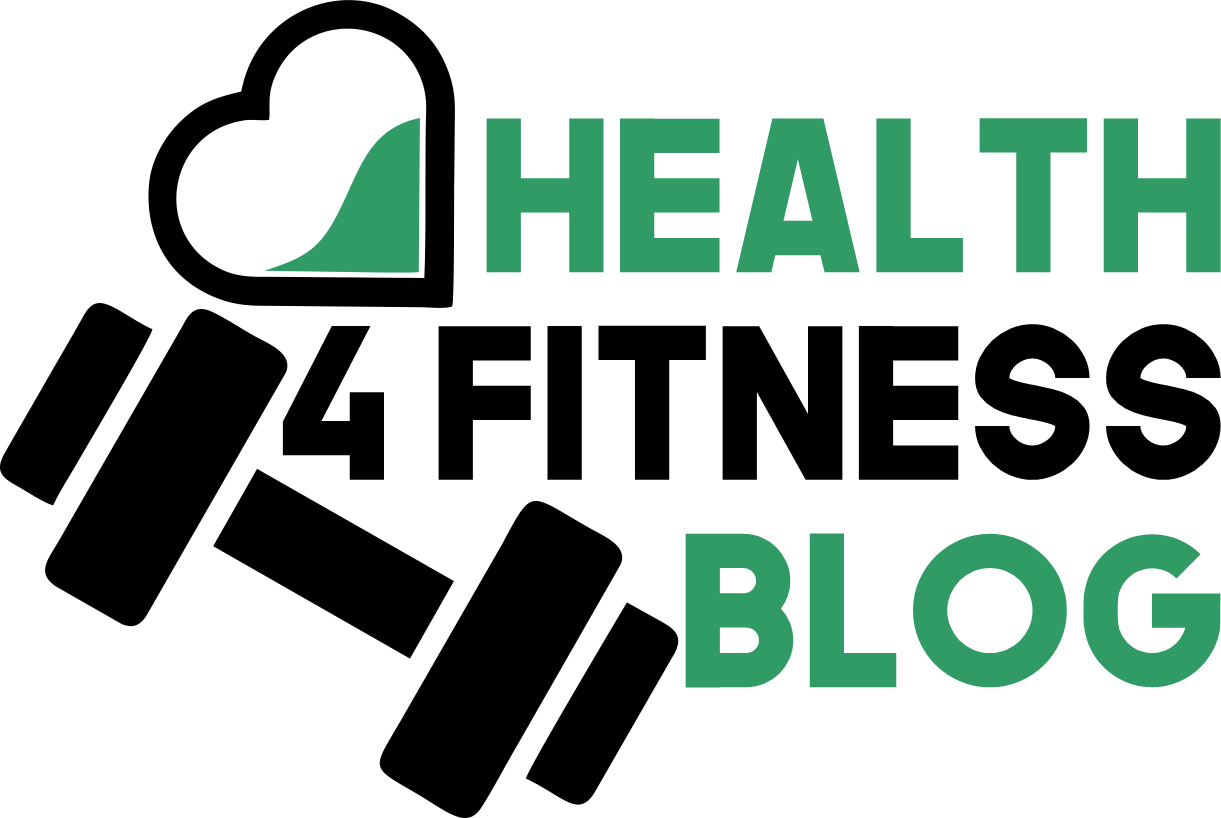

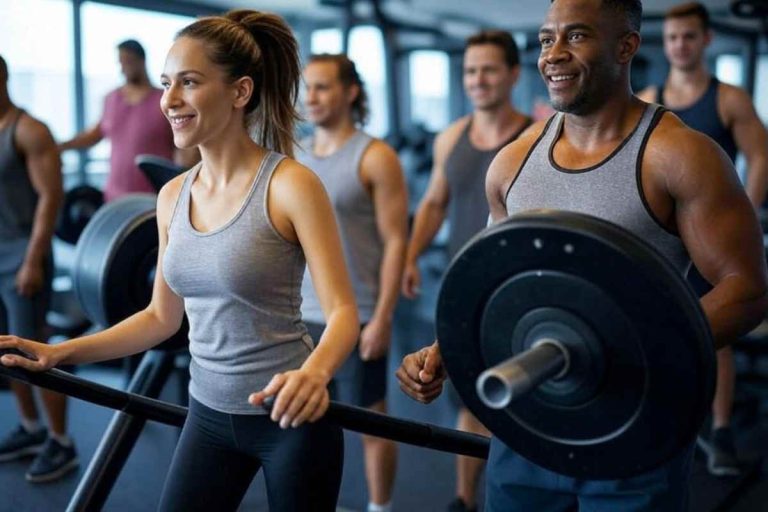
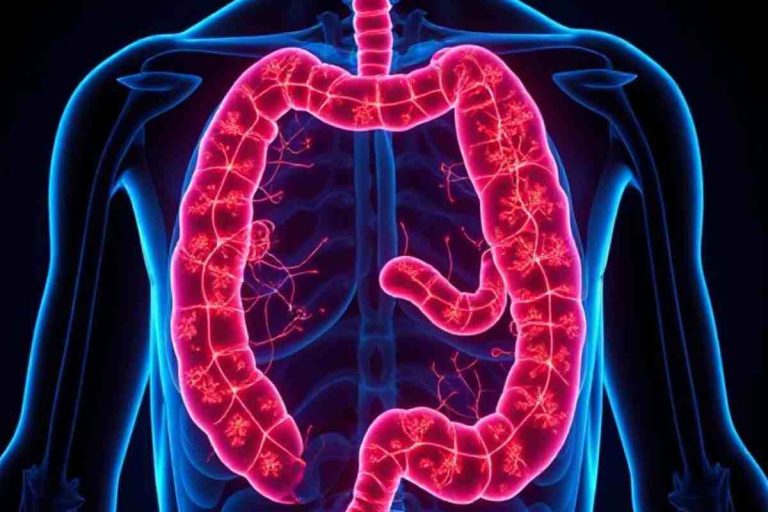

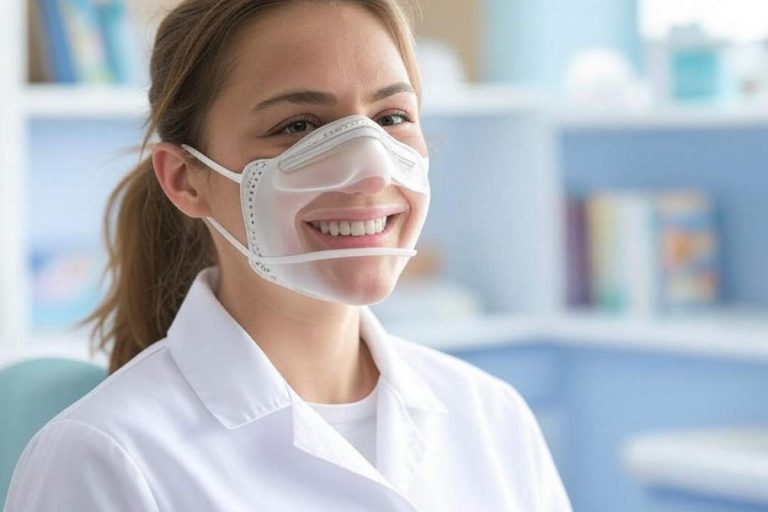
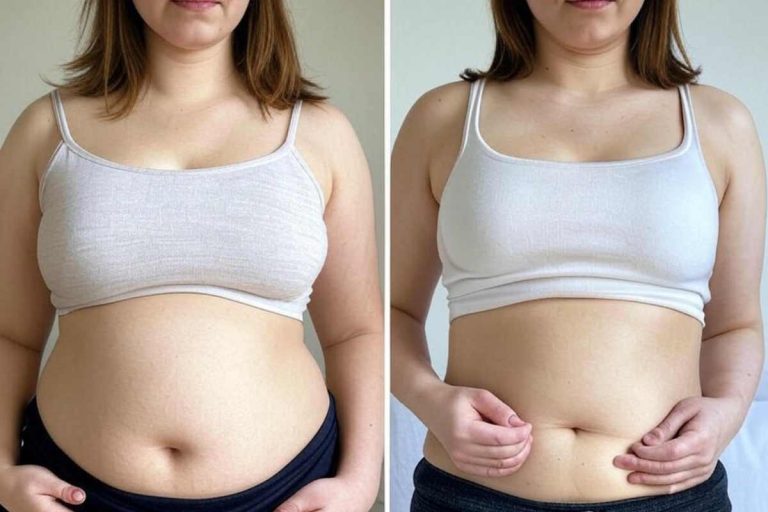

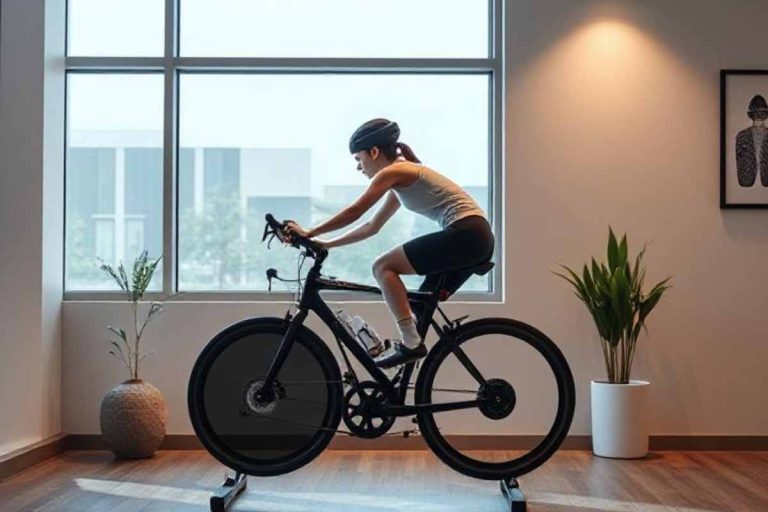
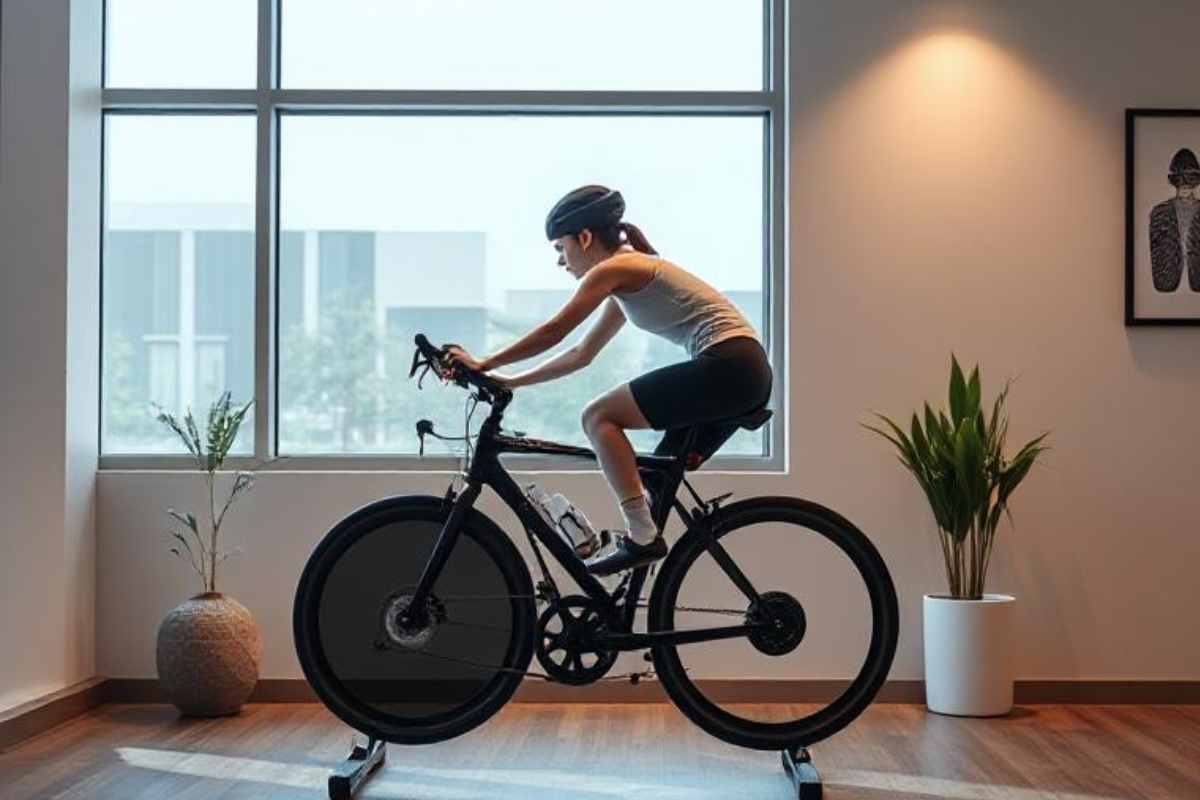 online cycling
online cycling